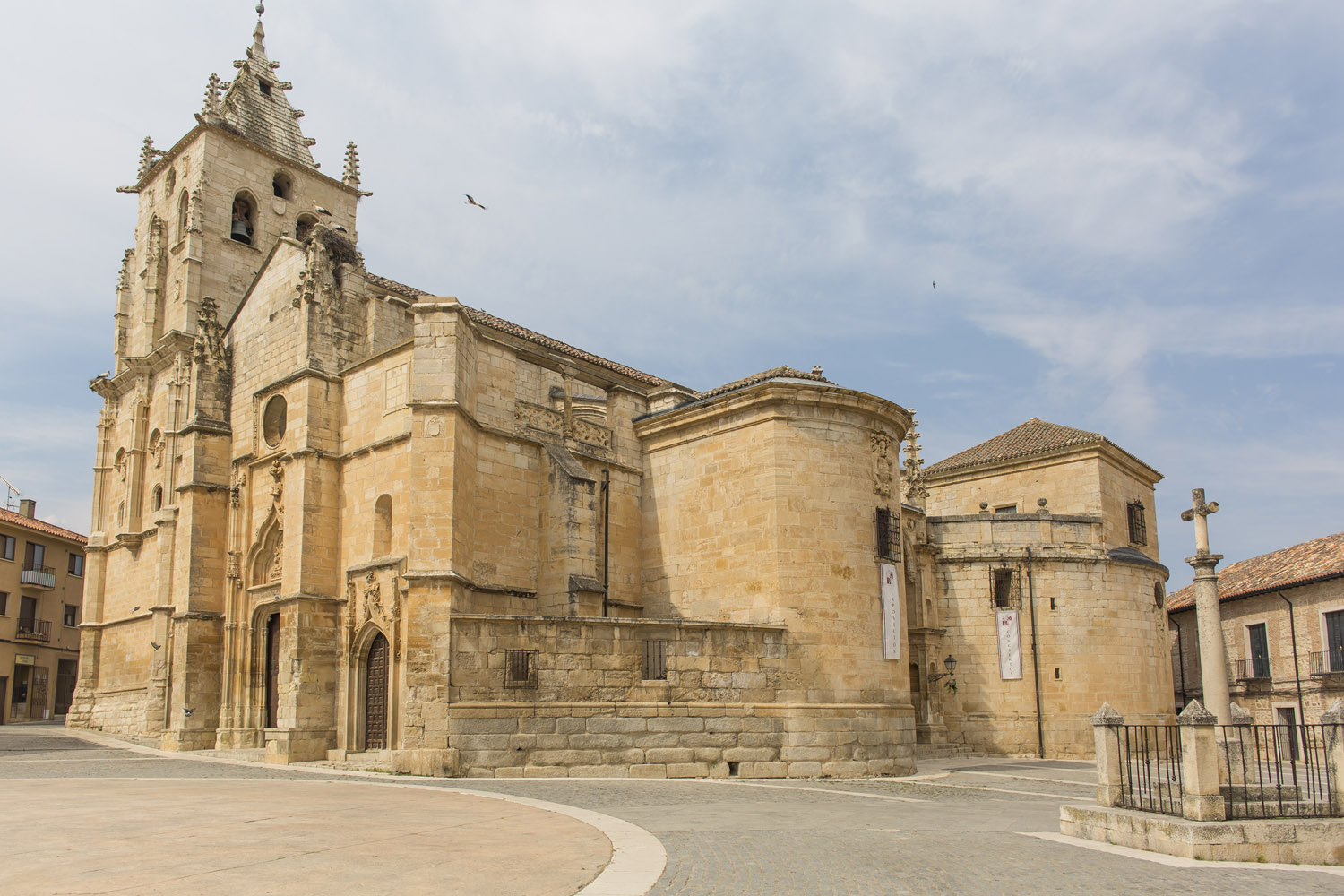
- Discover Madrid
- To see and do
- For you
- Accommodation
- Plan your Trip
- Professionals

Things to do in madrid
iconic places in madrid
Itineraries in Madrid
sights in madrid
top attractions in madrid
museums in Madrid
Tourism in Madrid

TORRELAGUNA
It is possible to walk through the streets of the town while contemplating its historical and cultural richness, which was recognized with the declaration of Historic-Artistic Site in 1974. Much of this is due to the many illustrious people who were born or lived in this town. Among them, Cardinal Cisneros, San Isidro Labrador and his wife, Santa María de la Cabeza, stand out.
Cisneros made Torrelaguna achieve great splendor thanks, mainly, to the construction of a granary -current City Hall- and to the foundation of the Hospital of San Bartolomé and of a Convent of Franciscans of the Mother of God. The church is built in limestone masonry and covered with curved tiles. It has Madrid Gothic architecture, basilica plan divided into three naves of five sections as well as a majestic tower with three bodies topped by a spire. Inside there are five side chapels -with Baroque or Plateresque altarpieces-, three apses, a Renaissance choir and the altarpiece of the temple, from 1752.
More examples of the abundant heritage of Torrelaguna are: the Convent of the Carmelitas de la Caridad, from the 19th century and where its neo-Gothic church stands out; the Antiguo Hospital de la Santísima Trinidad -from the 10th century, currently used as Casa de la Cultura-; the Abadía de las Concepcionistas Franciscanas Descalzas --; the Palace of Salinas -renaissance and currently houses the barracks of the Civil Guard-; the Arteaga Palace -classicist style-, the defensive walls of the fourteenth century, which are still glimpsed in some places; the watchtower of arrebatacapas -watchtower 12 m. of height and 19 m. of perimeter, and the hermitages of Nuestra Señora de la Soledad, San Sebastián and San Miguel Arcángel.
In addition to the cultural routes through the town, it is recommended to enjoy walks and horseback rides to be in contact with nature.
More information Torrelaguna